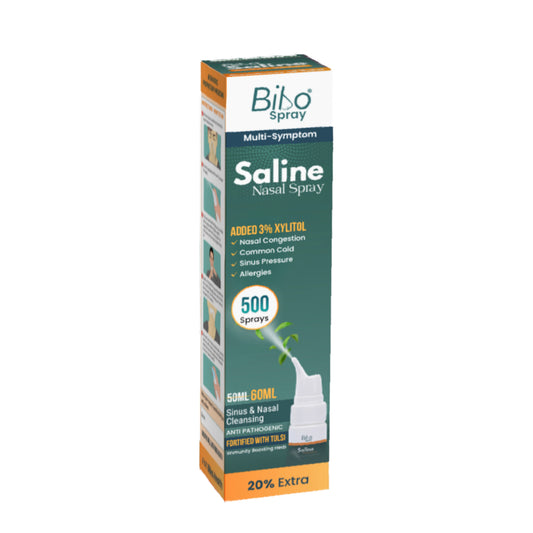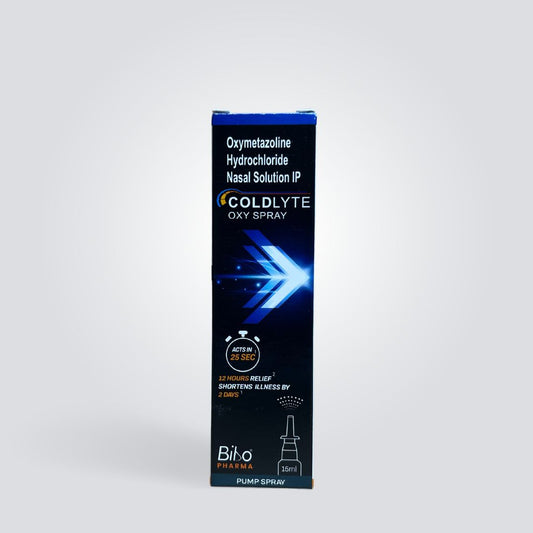Common cold in children
Cold is a contagious viral infection that inflames the lining of the nose and exasperates the throat. Cold is caused by almost 200 different types of the virus, mostly by rhinovirus. Infected people can transmit the cold virus to other persons. Its time duration is about seven to ten days. It is specifically important in toddlers, with age 12 to 36 months, because of frequent attacks in a year.
Symptoms
- Runny or blocked nose
- Coughing
- Sore throat
- Mild fever
- Headache
- Muscle aches
- Loss of appetite
Treatment of cold
You cannot cure a cold. However, some remedies can successfully treat the disease. Often patients recover on their own in a week and there is no need to visit a doctor. But if symptoms last for a longer time and get worse in your child, contact your doctor. Mild cold can be easily treated by home remedies but severe cold can only be treated by medication. So there are two types of treatments available.
- Natural and home remedies
- Prescription drugs
Natural and Home remedies
For centuries, home remedies have been considered the best treatment for diseases. In India especially, home remedies have central importance because of cultural differences and fewer side effects. Some important home remedies are
- Chicken soup

Chicken soup has been the best option for colds for a long time. Its ingredients have anti-inflammatory effects. Steam emerging from the soup loosens the mucus and treats the stuffy nose. It slows down the movement of white blood cells in the nose and throat to relieve the congestion.
- Honey

Because of its antibacterial and antimicrobial properties, honey has a central position in home remedies. Taking one or half teaspoons of honey a half-hour before bed can help in the soothing of the throat of your baby. However honey is not good for kids with an age of one year or below due to the risk of infant botulism.
- Humidifier

A humidifier is equipment that adds moisture to the air. Dry air has an irritating effect on the throat and also absorbs fluid causing dehydration of the airways. Dehydration causes the thickening of the mucus and decreases its drainage. Humidifiers help in the reduction of nasal congestion by keeping the airways of the child moist.
- Sponge bath

A sponge bath is a therapeutic bath by which your baby is washed with a wet washcloth. The water should not be hot or cold. It should have a temperature between 98 ̊F and 105 ̊F (lukewarm water). It is used to bring the fever down by lowering the body temperature. lf the child is already feeling chilled, avoid the sponge bath.
- Saline nasal spray

Nasal spray may be in the prepared form as the OTC drug and also you can make it at home. Add three teaspoons of NaCl and one teaspoon of baking soda to water. Use that saline solution through the net pot or bulb syringe. It will restore the fluid to the nasal passage and will help in the mucus drainage.
Prescription drugs
Never use these drugs without the permission of your doctor. Avoid antibiotics because a cold is a viral infection and also antibiotics have severe side effects on child health. Some drugs used are
- NSAID e.g. Ibuprofen drug which is analgesic and antipyretic
- Acetaminophen (antipyretic drug)
- Antihistamines loratadine, chlorpheniramine, cetirizine
- Decongestants e.g. Sudafed, silfedrine
References
- Fashner, J. E. (2012). Treatment of the common cold in children and adults. American family physician, 153-159.
- Hutton, N. W. (1991). Effectiveness of an antihistamine-decongestant combination for young children with the common cold: a randomized, controlled clinical trial. The Journal of pediatrics, 125-130.
- Murgia, V. C. (2021). Natural remedies for acute post-viral cough in children. Allergologia et Immunopathologia,, 173-184.
Keywords
Common cold, Runny or blocked nose, Coughing , Sore throat, Mild fever, Headache, Muscle aches, Loss of appetite, Chicken soup, Honey, Humidifier, Sponge bath, Saline nasal spray




